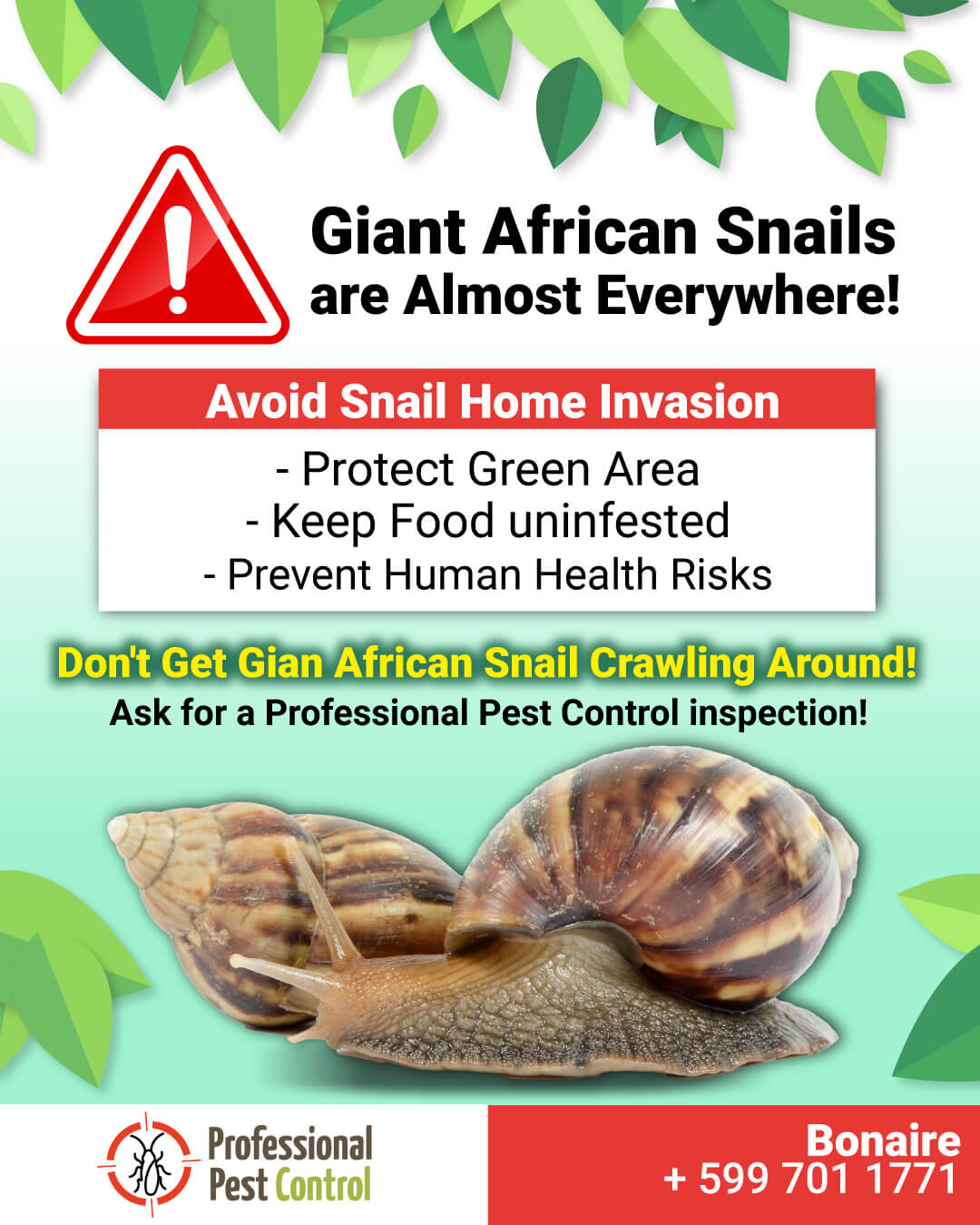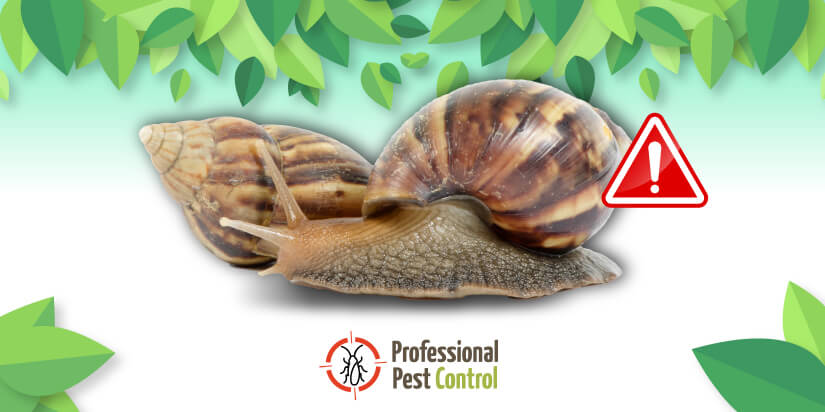African Snails: the Giant Ones
You must be wondering what’s the origin of giant African snails. The giant African snail is one of the world’s largest and most harmful land snails. This exotic plant pest is native to East Africa and was initially introduced to Hawaii in 1936 and Florida in 1966.
As its name suggests, the giant African snail can reach 20cm long as full-grown adults and 13cm in diameter. This type of snail is also known as the giant tiger land snail since adult shells are brownish with darker brown lengthwise and seven to nine whorls.
Currently, African snails are common in almost every continent. They’re highly adaptable creatures and you can find them almost everywhere – rivers, gardens, fields, and suburban areas. These snails, which can consume at least five hundred different plants, can be devastating to agriculture, coastal areas, and wetlands, as they cause extensive damage to tropical environments.
Apart from deteriorating natural areas, snails are also a potential risk to human health.
Giant African Snails and Human Health
Though this species looks like inoffensive creatures, they can pose serious health threats to humans as they can be infected by a parasite called nematode that causes meningitis. Nematodes are commonly passed on to humans through the consumption of uncooked snails or uncooked contaminated vegetables.
But wait, there’s more! When these parasites are ingested by humans, they travel to the brain, spinal cord, and nerves, which turns into meningitis. The result? This health condition causes inflammation of the meninges and, consequently, nerve and permanent brain damage, coma or death.
However, this isn’t the only illness caused by giant African snail parasites. They can also trigger encephalitis and intestinal disorders.
All these African snail-related health conditions concern farmers, environmentalists, and homeowners who try to control this pest to protect crops and home proliferation.
Control Giant African Snail Invasions
The main reason for rapid dispersal is the animal’s high reproductive capacity. They produce more than one thousand eggs in a lifetime, making it difficult to control their dissemination. Different African snail management methods have been introduced such as quarantine regulations, collecting and incinerating snails, and chemical use (molluscicide).
The truth is that nobody wants to spot a snail on the wall or the floor. But, if you have snails at home, they’re probably seeking food and shelter. These home garden visitors are active on foggy, overcast, or rainy days and feed on yard or garden plants.
So, what’s the solution? Luckily, there’re some easy ways to keep your home snail-free, such as sealing all gaps around windows, doors, and foundations to avoid trespassing. Other ways to get rid of snails are to eliminate hideouts, cut back tall weeds and grass, and use drip irrigation.
Last but not least, you should get an experienced provider of Professional Pest Control to understand, as a homeowner, how to keep your house clean, clear, and snail-free.
The best way to prevent snails from trespassing on your home is to get a professional inspection to avoid damaging natural areas and health threats.




